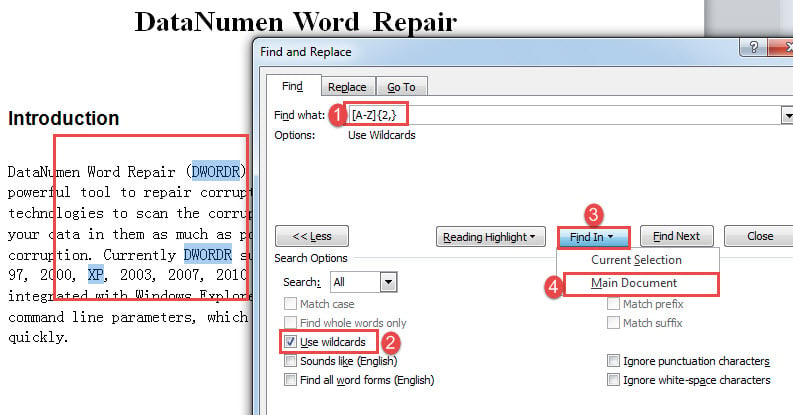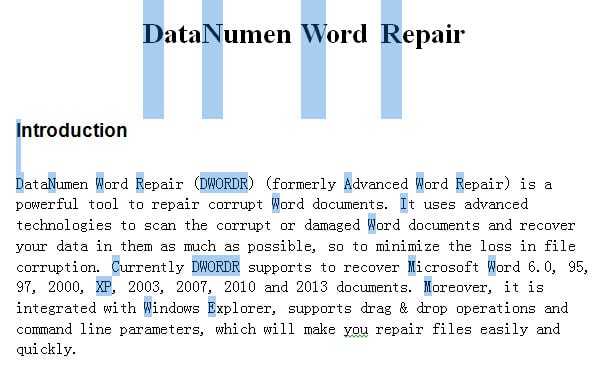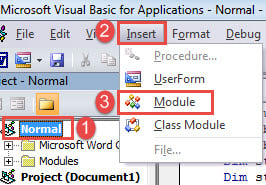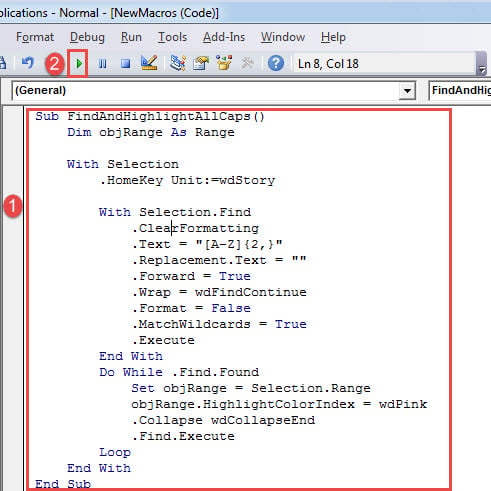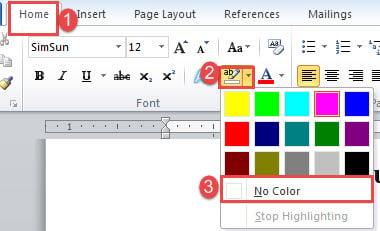In this article, we want to introduce you 2 quick ways to find all words with initial or all letters capitalized in your Word document.
Capitalization is often seen in our documents. For example, some people prefer using capitalization to lay emphasis on important points. Besides, if you are looking through a government document, you will probably see many organization names in acronyms. The reasons to find words with initial or all letters capitalized are as follows:
- You may need to change capitalized words to other cases, such as small caps.
- Sometimes, there is no need to use capitalization all the time even as a way of emphasis.
- In a government proposal, it’s of great importance to recheck the correct spell and explanation of acronyms which are in all caps most time.
Therefore, just pick up the methods we are going to show you to get the job done.
Method 1: Utilize “Advanced Find” Features
This time we use wildcards to help us find all words either with initial or all letters capitalized.
- Firstly, click the arrow button next to “Find” command under “Home” tab.
- Then click “Advanced Find” to open the “Find and Replace” box.
- Next place cursor at the “Find what” text box. Enter “[A-Z]{2,}” to find all words with all letter capitalized. And enter “[A-Z]{1,}” to find all words with initial capitalized.
- Click “More” to bring out more options.
- Next check “Use wildcards” box.
- Then click “Find In” button and choose “Main Document”. You shall see words in selection now.
Note:
As you may notice that when using “[A-Z]{1,}” to find all words with initial capitalized, only capitalized letters are in selection, such as bellow:
An alternative option is replacing the wildcards with “[A-Z][a-z]{1,}” to find all words with initial capitalized. But its setback is that it finds only words over than one letter. For instance, letter “A” will not be recognized.
Method 2: Run Word Macro
Apart from method 1, you can also run macro to highlight all target words as to examine the proper usage.
- To start off, press “Ctrl+ Home” to go to the beginning of a document.
- Then press “Alt+ F11” to trigger the VBA editor.
- Next go to “Normal” project by clicking on it.
- Click “Insert” tab and select “Module”.
- Then double click the module to have the editing area on the right side available.
- Now paste the following codes there:
Sub FindAndHighlightAllCaps()
Dim objRange As Range
With Selection
.HomeKey Unit:=wdStory
With Selection.Find
.ClearFormatting
.Text = "[A-Z]{2,}"
.Replacement.Text = ""
.Forward = True
.Wrap = wdFindContinue
.Format = False
.MatchWildcards = True
.Execute
End With
Do While .Find.Found
Set objRange = Selection.Range
objRange.HighlightColorIndex = wdPink
.Collapse wdCollapseEnd
.Find.Execute
Loop
End With
End Sub
- Lastly, click “Run”.
This macro will highlight words with all letters capitalized in pink.
To highlight all words with initial capitalized, use this macro instead:
Sub FindandHighlightCapitalizedWords()
Dim objRange As Range
With Selection
.HomeKey Unit:=wdStory
With Selection.Find
.ClearFormatting
.Text = "[A-Z]{1,}"
.Replacement.Text = ""
.Forward = True
.Wrap = wdFindContinue
.Format = False
.MatchWildcards = True
.Execute
End With
Do While .Find.Found
Set objRange = Selection.Range
objRange.HighlightColorIndex = wdBrightGreen
.Collapse wdCollapseEnd
.Find.Execute
Loop
End With
End Sub
As to remove the highlight color, press “Ctrl+ A” to select the entire document. You can click “Home” tab first then click the “Text Highlight Color”. Next choose “No Color”.
Handle Word Errors
It’s such a shame that Word can run into errors every now and then. Therefore, it’s extremely necessary to know the right way to fix Word issues. One of the useful options is to acquire a repairing tool to recover corrupted files.
Author Introduction:
Vera Chen is a data recovery expert in DataNumen, Inc., which is the world leader in data recovery technologies, including corrupted xlsx and pdf repair software products. For more information visit www.datanumen.com


